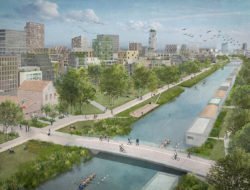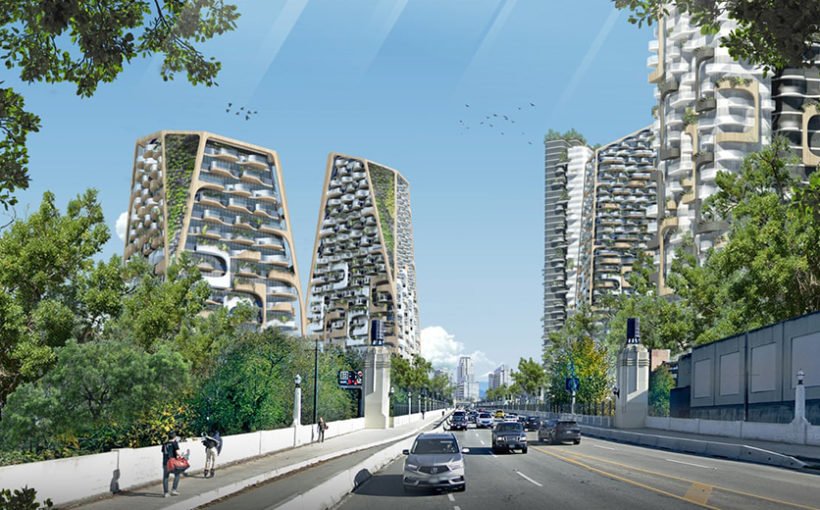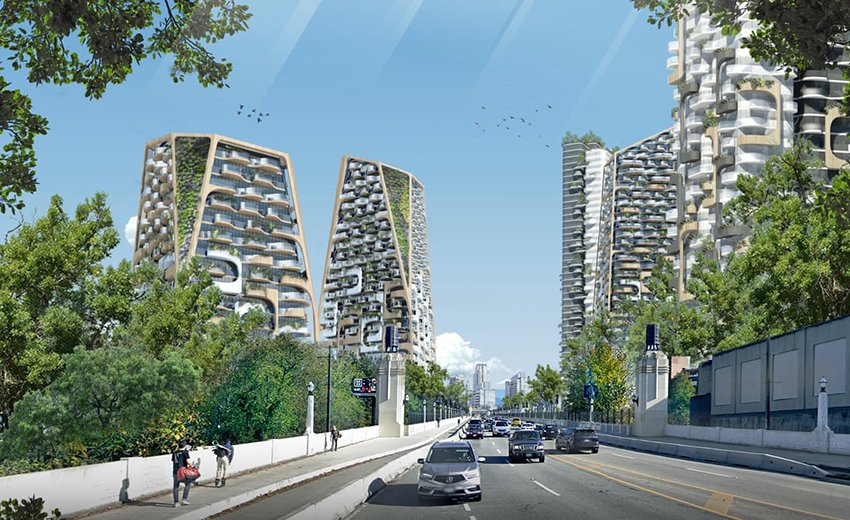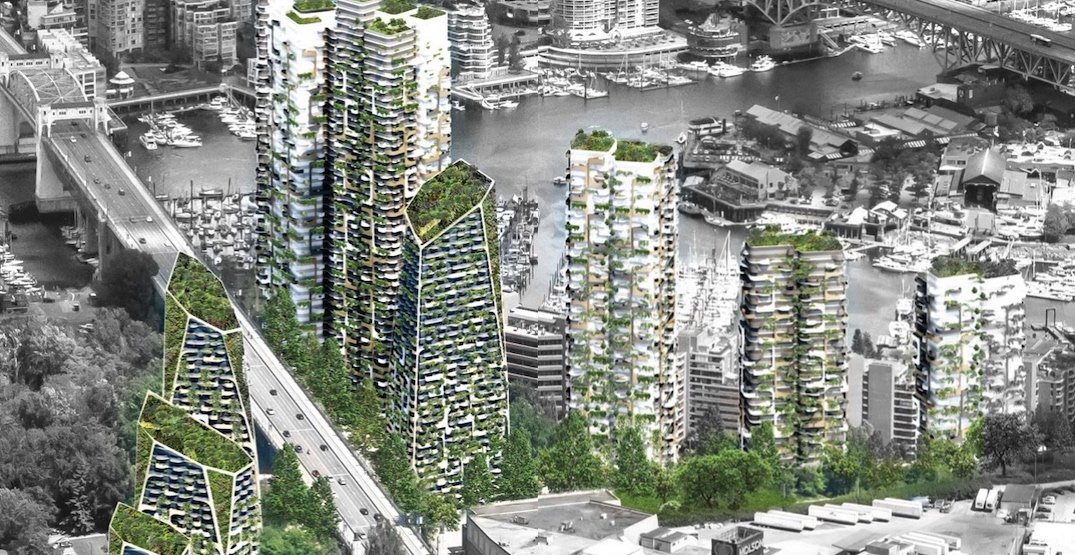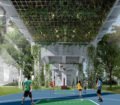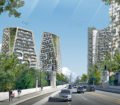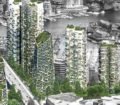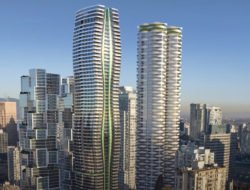The City of Vancouver has taken on a significant challenge: building a new neighbourhood that will both address the housing crisis and integrate the First Nations.
Abandoned wastelands like this are found in all major cities. Some 5 ha of old railway land, under an urban bridge, entirely overgrown. Anything else to report? Well, yes: it was on this particular parcel that dozens of Squamish families, one of the First Nations in Canada, lived until the government hunted them down more than a century ago.
Behold! The vast majority of Squamish has just approved the creation of a new district – called Senakw – which will have no less than 11 towers, 6,000 housing units and will accommodate about 10,000 inhabitants. The goal was to return the land that was theirs and at the same time, address a major housing crisis in the Canadian metropolis. And to reinvite native people to an urban environment, which is very rare in Canada, where they usually live far from large cities.
A deliberate policy of exclusion
As Jordan Stanger-Ross, associate professor of history at the University of Victoria, British Columbia, explains, “urbanisation and indigenity have historically incompatible in colonial cities such as Vancouver, on the very popular principle at the time that modern civilisation would not accommodate proximity to native peoples, that the two could not coexist.“This has allowed the establishment of “Indian reserves” (which is still the official term used by the Canadian government today) in sometimes very remote parts of the country. What most commentators summarise in a few words as a deliberate policy of exclusion.
Indigenism: social and economic policies implemented to manage Native American populations in North-America. First Nations: a term used in Canada to refer to indigenous peoples (formerly Indians, Inuit, Eskimos and Métis).
Construction, which will begin next year, is expected to have a very high population density (comparable to that of Hong Kong, with a majority of rental housing) and will be designed according to principles of transition and sustainability. With, ultimately, the clear ambition to pass on the profits of the operation to members of the Squamish nation, for social and community development purposes. Revery Architecture has designed the district in consultation with representatives of the Squamish nation, paying special attention to the history of the site and its relationship with nature. The facades will incorporate indigenous art and, thanks to the vegetation, passers-by will feel like entering a forest.
An innovative, inclusive policy in which indigenous people will be both the actors and the first beneficiaries.
Tags: First Nations, indigenism, Revery, Senakw, Squamish, Vancouver

































